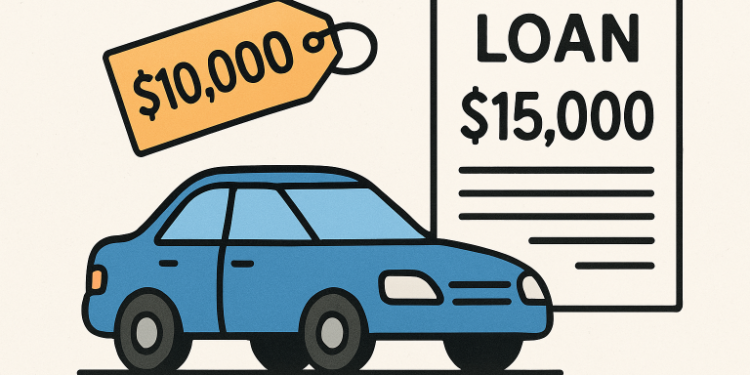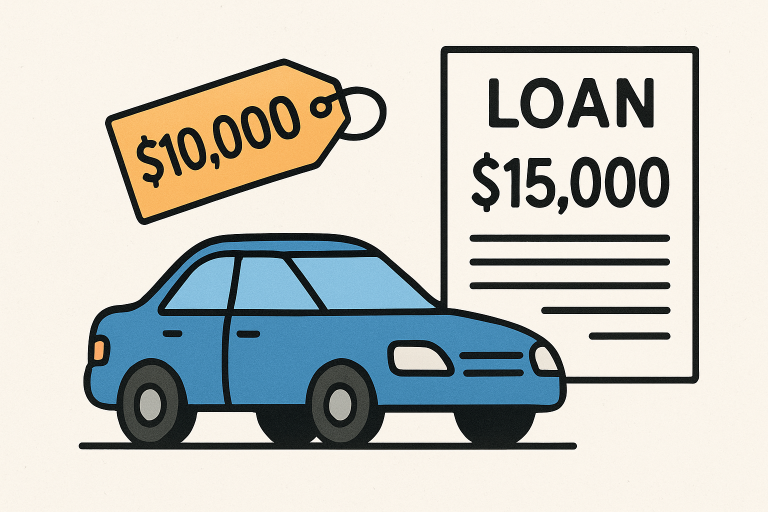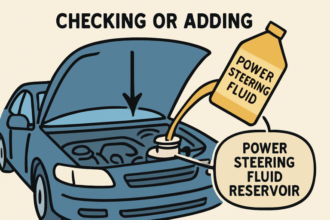Refinancing Your Car Loan When You Owe More Than It’s Worth

Table of Contents
Understanding Negative Equity in Auto Loans
Negative equity, commonly known as “upside-down” on your car loan, means your loan balance exceeds your car’s current market value. For example, if your car is valued at $12,000 but you owe $15,000, you have $3,000 in negative equity. Situations like this can occur due to factors such as rapid vehicle depreciation, high-interest rates, or long loan terms. For those feeling stuck, a refinance company for cars can help assess your options and potentially guide you toward greater financial stability.
Recent trends show that negative equity is a growing concern. By mid-2025, over a quarter of vehicle trade-ins carried negative equity, with an average shortfall of more than $6,700 per vehicle. This makes it essential for car owners to understand their refinancing options and form a strategic approach to managing their auto debt.
Challenges of Refinancing with Negative Equity
Refinancing may seem like the most straightforward path out of a tough loan, but it comes with unique hurdles when you owe more than your car is worth. Many lenders hesitate to offer refinancing in these situations as they take on greater risk. If refinancing is available, expect higher interest rates to mitigate the lender’s risk, and know that stretching out your loan term could result in increased total interest paid over time.
The process can also be complicated by the need to make up the difference between your loan balance and your car’s value—sometimes requiring a substantial cash payment. Even when approved, the terms may be less advantageous than those available for loans with positive equity.
Strategies to Address Negative Equity
If refinancing feels out of reach, there are several practical steps you can take to regain control of your finances:
- Accelerate Loan Payments: Making extra payments—regularly or whenever possible—can help close the gap between your loan balance and your car’s value more quickly. This not only reduces negative equity but may also save you on interest.
- Consult Your Current Lender: Open a conversation with your existing lender. Requesting payment forbearance or a loan modification may offer relief and more time to progress without penalty.
- Explore Other Refinancing Options: Some lenders specialize in helping borrowers with negative equity. While these loans may not always feature the best rates, they can serve as a bridge until you’re in a stronger financial position.

When Refinancing Might Be Feasible
Refinancing a car loan while upside-down isn’t always out of reach, especially if your circumstances have improved since you first financed your vehicle. A higher credit score can make you more attractive to potential new lenders, helping you secure better terms. If market interest rates have fallen, refinancing could lower your monthly payments and long-term interest, even factoring in negative equity. In some cases, choosing a shorter refinance term may be available, reducing the total amount of interest you’ll pay over the life of the loan.
Risks of Refinancing with Negative Equity
Before moving forward, it’s important to weigh the potential drawbacks of refinancing with negative equity. Extending your loan to secure lower payments can mean paying considerably more interest over the long haul. Also, if you roll fees into your new loan, your balance could climb even higher, leaving you with deeper negative equity. Finally, taking on higher monthly payments—a common result of refinancing for a shorter term—can strain your budget, increasing the risk of default or repossession.
Alternative Solutions
If refinancing proves unworkable, there are alternative strategies that may help you address your negative equity:
- Sell the Vehicle: You can sell your car and pay the lender the difference between the sale price and the out-of-pocket loan balance. While this requires cash on hand, it’s a straightforward way to put negative equity behind you.
- Trade-In: Some dealers will allow you to roll your negative equity into a new loan when you trade in your vehicle. This can increase your future payments and may not be the ideal solution, but it’s an option for those looking to break free from their current car and loan.
- Lease Buyout: If you’re nearing the end of a lease, buying out the vehicle might allow you to avoid extra fees and own your car free of negative equity with a new loan.
Final Thoughts
Refinancing a car loan when you owe more than the car is worth presents significant challenges, but it isn’t impossible. By accelerating payments, consulting with your lender, and researching all available options—including those offered by a car refinance company—you can chip away at negative equity over time. Remember to weigh the risks, carefully assess your financial position, and make a choice that aligns with your long-term financial well-being.






